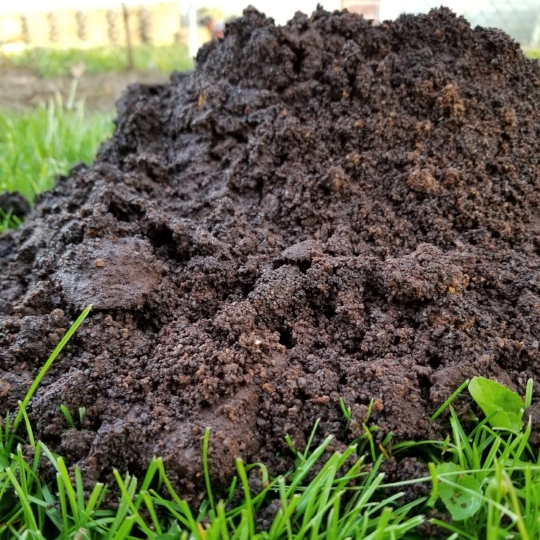Trace Minerals
Would you believe after this post there are only five weeks left in the Ag 101 52 Weeks of Agronomy Series!
Since I’ve started writing, a lot has happened not only professionally but personally as well. Last year I came on the speaking scene pretty strong presenting at four fairly significant conferences. This year I have had seven proposals rejected for silly reasons like they didn’t like my title or they felt I was redundant. Funny thing is, I said the title was not set in stone and I had never spoken at that particular conference before. I’ve been called everything from a charlatan to a rock star. It has been brought to my attention that I should ask my family to purchase Grammarly for me as a Christmas gift. Even through all of that, I gained readers all over the world, doubled my email list, recorded a couple podcasts, presented for gardening clubs, and kept writing. Last but not least, I can now say I have clients in six states, and the consulting side of my business is steadily growing.
I’ve also gained a new appreciation for my health and hope to keep up with the small but necessary steps to get past some challenges I’ve had. I have completely given up coffee, alcohol, refined sugars, and processed foods along with some other changes without harming anyone in the process.
Moreover, that leads me to this week’s topic.
Trace Minerals- Small but necessary elements that are critical for plant health.
Roles trace minerals play in plant health-
The amount of trace minerals in soil is related to the parent material and the amending and fertilizing history
Trace minerals are often referred to as micronutrients because they are required in relatively small amounts by plants and the people and animals consuming them
It has been up to debate has how nutrients such as sulfur are viewed. For the sake of this post, I’m going to cover it.
Trace minerals have been linked to the following functions
Sulfur (S) – Sulfur is needed to manufacture chlorophyll and the synthesis of nitrogen. It also encourages overall plant growth and vigor.
Boron (B) – Boron aids in cellular growth and helps to regulate the uptake of nutrients. It is essential for water absorption and the translocation of sugars. Boron and zinc have been linked to aiding in the vegetative and reproductive stages of berry development.
Copper (Cu) – Copper works to help plants metabolize nitrogen and is essential for iron utilization. It has been linked to bacterial and fungal suppression as well.
Iron (Fe) – Iron assists in the creation of chlorophyll and protein synthesis
Manganese (Mn) - Manganese is known as an activator for several enzymes responsible for plant metabolism as well as nitrogen transformation.
Molybdenum (Mo) – Molybdenum plays several critical roles in a plants ability to metabolize nitrogen.
Zinc (Zn) – Zinc is required in seed production. It has also been linked to aiding the vegetative and reproductive phases in berry development.
Potential sources of organic inputs for trace minerals
Kelp-
Kelp can be used as a liquid concentrate, powder, or meal. It is a powerhouse of trace minerals and plant growth stimulating hormones. If I were reduced to recommending one product kelp would be it. That being said you still need to use it judiciously as not to decrease its efficacy
Greensand-
An excellent source of potassium and trace minerals along with built-in soil conditioning properties.
Azomite-
Azomite is a hydrated sodium calcium aluminosilicate broad-spectrum soil remineralizing product
Aragonite-
Raw aragonite brings with is biology from the sea, acting as a built-in inoculant as well as containing several trace minerals
Redmond Salt-
Redmond salt is an unrefined product containing more than 60 naturally occurring minerals
Chelated liquid forms-
This group of products can be mineral specific. The most common that I have worked with are Baicor Liquids. Care should be taken that your plants show signs of apparent deficiencies through tissue testing before applying to determine necessity and rates









